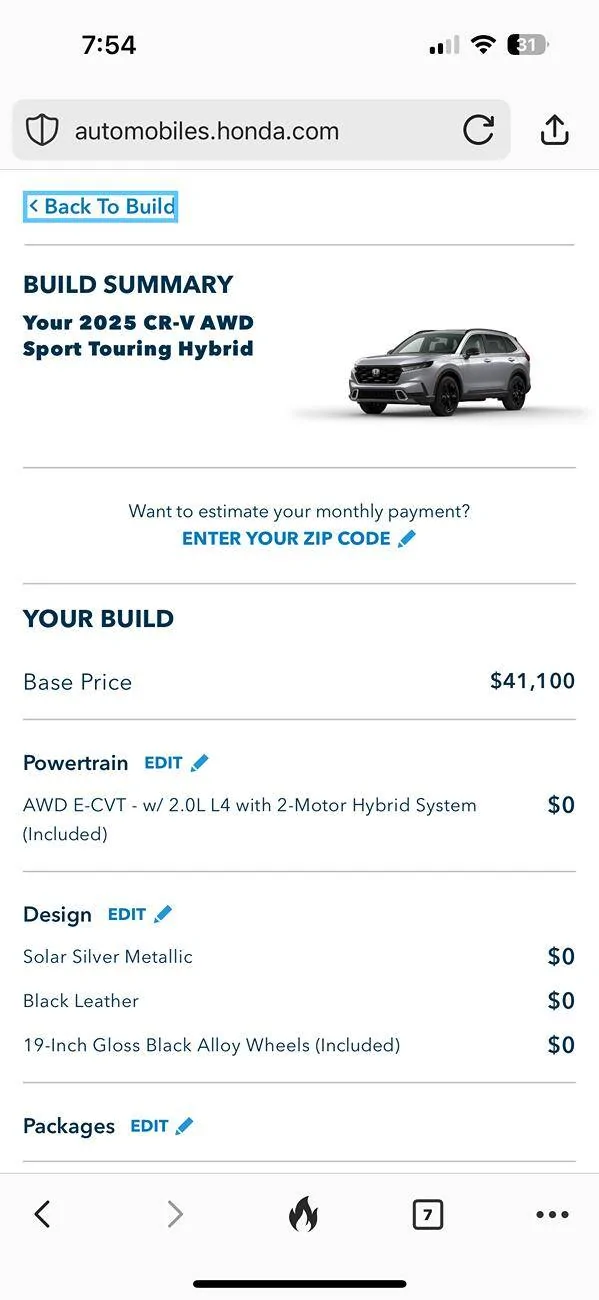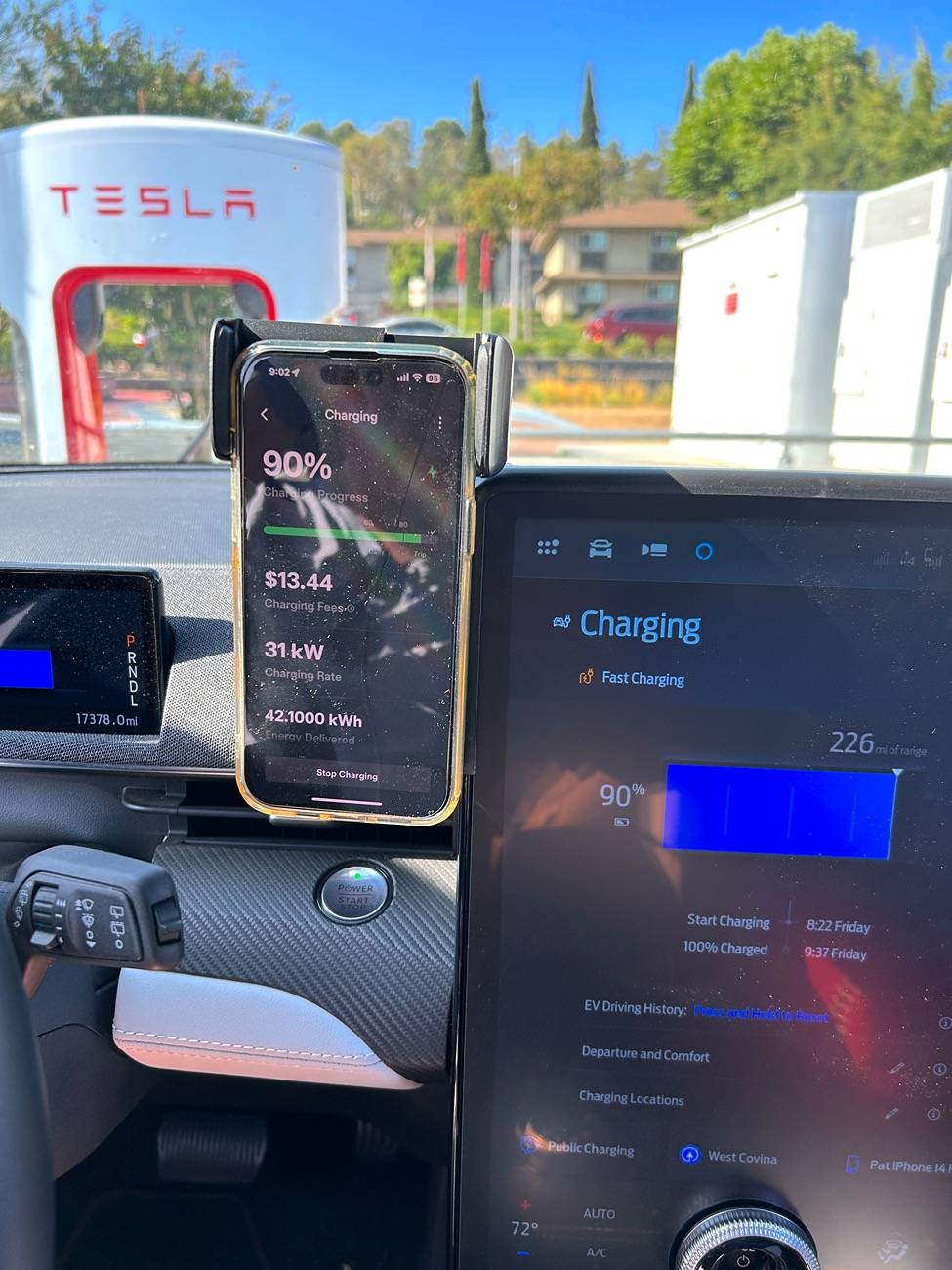skidoofast
Well-Known Member
- First Name
- Jeremy
- Joined
- May 8, 2025
- Threads
- 26
- Messages
- 227
- Reaction score
- 438
- Location
- Barnesville, MN
- Vehicles
- ford f 150, subaru outback
Your 2006 in 2026 prices would probably be $45kWhat I indeed wish is to outright replace what my present CR-V is capable of, including, I'm talking to you Slate, AWD. I recognize the cost savings and lifetime carbon reductions that EVs offer, and wish to use that in hitting skiing trips there and back without having to worry about charging, road trips, around-town hauling... Things most people would want from a vehicle. Enthusiasm for this car notwithstanding, these are not unreasonable wishes. They're what most normal people want in a car. And to survive as a company you need sales numbers. The better Slate meets these above noted wishes, the better their chance to actually succeed. Not hitting those marks guarantees a poorer outlook. I speak from a real-world perspective, not from an excited apologists one. And I am the latter: I love this vehicle already-- I just wish it to surpass the low bar it's been set to. In fact, I'm willing to overlook all the other shortcomings if they'd include AWD. But without it, NO DEAL. I'm not going backwards from 2006 in 2026.
Last edited:


